The U.S. housing market may go through ups and downs, but some cities hold their ground better than others. These locations tend to offer a combination of job stability, limited housing inventory, population growth, and strong local economies. While no market is entirely immune, these cities have proven resilient even through past economic downturns. Here are 15 American cities where the housing market continues to show long-term strength.
1. Raleigh, North Carolina

Raleigh’s population growth and steady job market make it a stronghold in the housing world. Thanks to major employers like IBM, Cisco, and numerous research institutions in the Research Triangle, housing demand remains consistent. A 2023 Zillow market analysis listed Raleigh among the top 10 U.S. cities for housing market stability. Inventory remains tight, and competition keeps prices steady even when other regions cool.
The city’s high quality of life and strong public school system also attract families year-round. Developers are cautious about overbuilding, which protects against housing bubbles. Locals enjoy a mix of urban life and green space, giving the area long-term livability appeal. Raleigh continues to rank well on “best cities to live” lists, further fueling demand.
2. Madison, Wisconsin
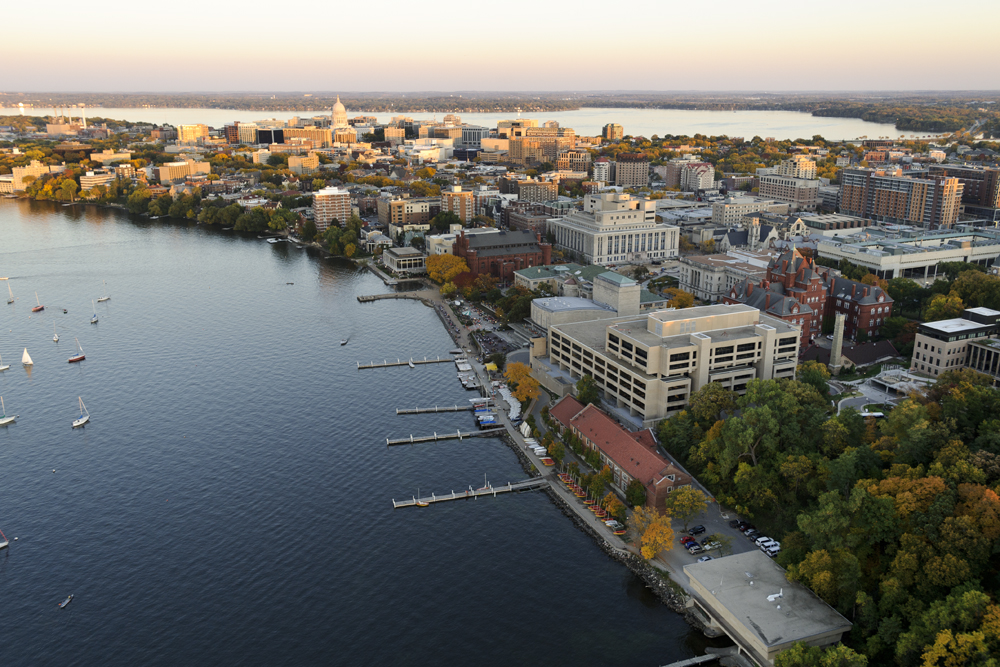
Madison has proven to be one of the most stable housing markets in the Midwest. With a strong base of government jobs, a major university, and growing biotech firms, the city’s economy remains balanced. According to Redfin data, Madison homes retain value better than many other metro areas, even in national downturns. Its low foreclosure rate is a testament to both buyer responsibility and economic steadiness.
The city is surrounded by lakes and natural beauty, which limits expansion and keeps housing desirable. A sense of community and civic pride adds to its appeal. Madison also benefits from a growing tech presence, drawing in young professionals. Steady demand and cautious development have helped protect its housing market over the years.
3. Boise, Idaho

While Boise experienced rapid appreciation during the pandemic, its housing market has long shown resilience. In fact, the National Association of Realtors has consistently pointed to Boise as a leader in long-term price gains. A mix of job growth, quality of life, and outdoor lifestyle continues to attract new residents. Despite cooling trends nationally, Boise’s home values have remained surprisingly strong.
The region’s affordability compared to coastal cities drives transplants from California and Washington. Limited housing supply and natural barriers also constrain overdevelopment. Homeowners in Boise tend to hold onto their properties, adding to scarcity. With both urban appeal and scenic beauty, the market remains competitive and crash-resistant.
4. Fayetteville, Arkansas
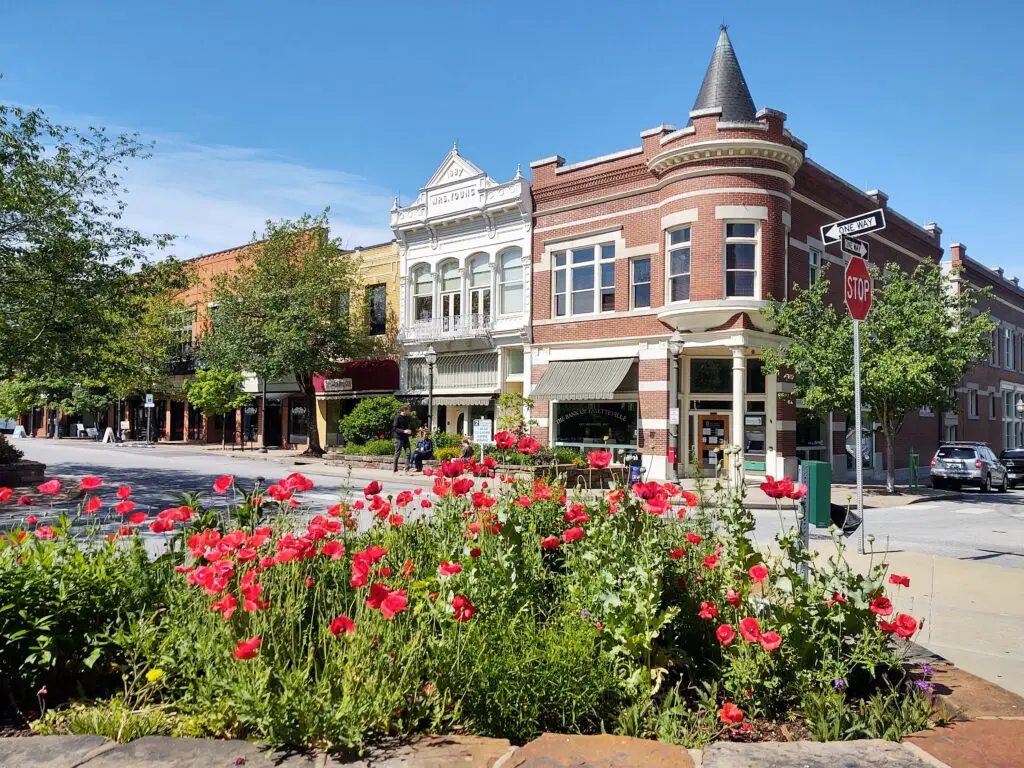
Fayetteville might surprise some, but its housing market is one of the most stable in the South. Home to the University of Arkansas and corporate offices for Walmart suppliers, the city boasts a dynamic and growing economy. A 2023 U.S. News & World Report ranking named it one of the top places to live in America. Its consistent growth helps keep property values climbing.
The mix of college-town energy and small-city charm creates steady demand. People moving from more expensive states find good value in Fayetteville homes. With infrastructure improving and cultural life expanding, more people are putting down roots. The city also benefits from local pride and long-term investment.
5. Colorado Springs, Colorado

Colorado Springs offers mountain views, military jobs, and affordability compared to nearby Denver. It’s home to multiple military bases, which help anchor its economy in any market conditions. Tech and aerospace jobs have expanded in recent years, bringing new homebuyers to the area. Limited land availability also restricts overbuilding, which keeps the housing supply in check.
Residents are drawn to the region’s scenic beauty and recreational opportunities. The city has a strong sense of community, which translates into long-term residency. With consistent job growth and an expanding population, housing demand stays strong. Colorado Springs continues to be a smart bet for homeowners and investors alike.
6. Durham, North Carolina
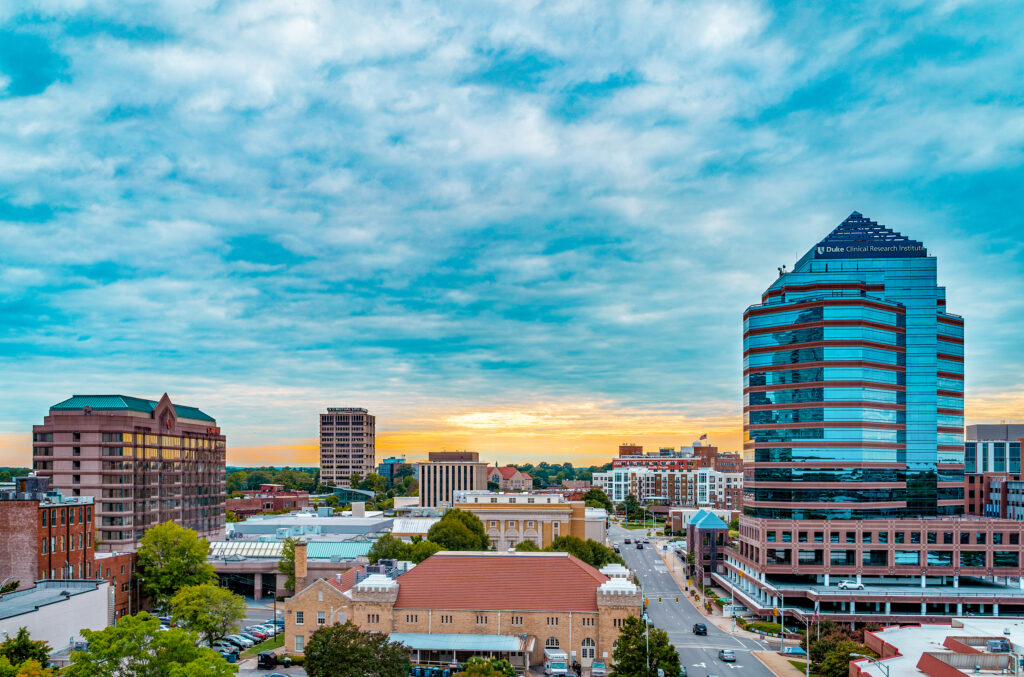
Durham’s housing market has benefited from its strong connection to healthcare, education, and tech. The city is part of the Research Triangle, attracting high-skilled workers and long-term residents. Historic neighborhoods are being revitalized while new developments remain in high demand. It’s a place where people come to stay—not just pass through.
Durham also has a thriving arts scene and diverse cultural offerings. Public investment in infrastructure and schools continues to support the market. Homes in desirable areas rarely sit long, even in slower markets. Its blend of Southern charm and innovation keeps demand steady.
7. Provo, Utah

Provo’s growth is fueled by both a young population and a booming tech sector. Many residents are first-time homebuyers who plan to stay long-term. Brigham Young University and the Utah Valley tech corridor bring steady job growth to the area. With limited land between mountains and lake, housing supply stays tight.
The community has strong ties, and homeownership is a cultural value. This keeps turnover low and prices stable. Provo offers a family-friendly lifestyle and proximity to nature, which appeals across generations. Even in uncertain markets, Provo’s housing rarely takes a serious hit.
8. Sioux Falls, South Dakota

Sioux Falls has quietly built one of the most recession-resistant economies in the country. Healthcare, finance, and logistics jobs dominate the landscape, keeping employment steady. Home prices have increased slowly but steadily, which prevents dangerous bubbles. The market appeals to both first-time buyers and retirees.
Affordable housing and a low cost of living help maintain a balanced market. The city’s steady growth and conservative lending practices reduce foreclosure risk. Sioux Falls is also known for its planning and infrastructure investments. That combination keeps the housing market remarkably durable.
9. Lexington, Kentucky
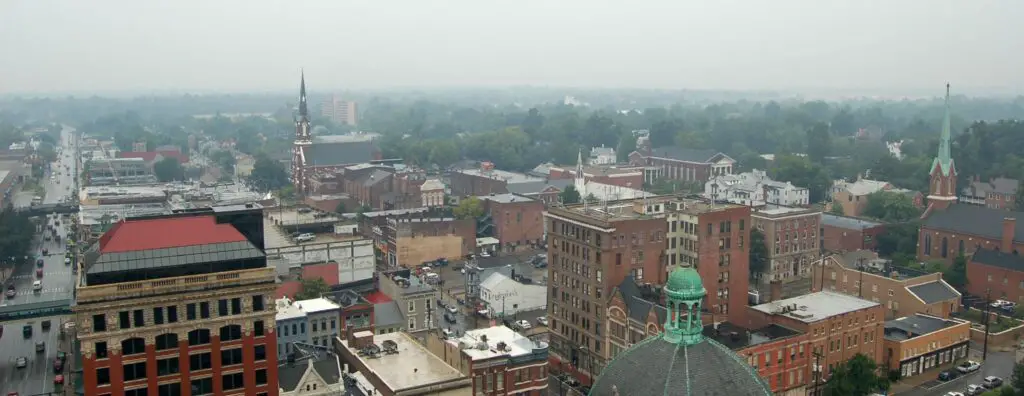
Lexington is often overshadowed by larger cities, but its housing market is a picture of stability. Anchored by education, healthcare, and agriculture, the local economy doesn’t fluctuate as dramatically. Residents tend to stay for the long haul, leading to low inventory and high demand. Development is steady but measured.
The city blends urban amenities with small-town friendliness. Horse country charm and local pride add to its lasting appeal. Buyers here aren’t usually speculators—they’re people who want to build roots. That kind of ownership fosters a crash-proof market.
10. Lincoln, Nebraska
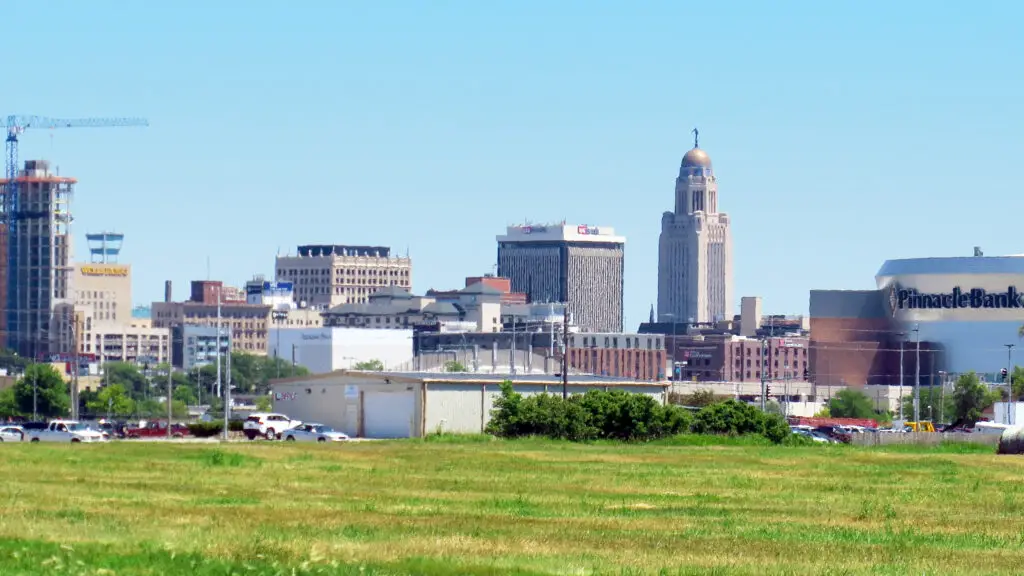
Lincoln’s economy is built on solid foundations—education, healthcare, and state government jobs. This consistent employment base keeps the housing market strong even during broader slowdowns. Home prices have appreciated at a steady pace over the past decade. Inventory remains limited, supporting property values.
Residents value homeownership and tend to stay put. New development happens gradually, helping avoid overbuilding. Lincoln also attracts young families and students who later settle down. It’s a city where market booms may be modest, but busts are even rarer.
11. Asheville, North Carolina
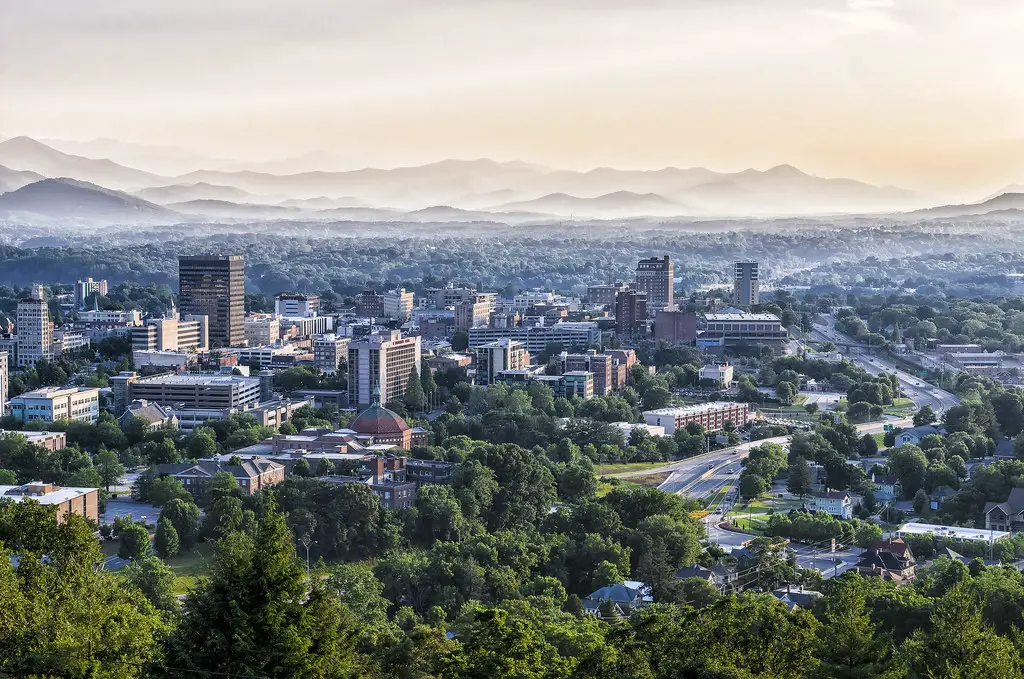
Asheville’s housing market is supported by a steady flow of retirees, artists, and outdoor enthusiasts. Demand remains strong thanks to the city’s natural beauty and vibrant downtown. Mountain geography limits sprawl, keeping supply in check. Prices have risen steadily, with few signs of risk.
Tourism and hospitality boost the economy without creating instability. The arts scene and wellness culture add long-term lifestyle appeal. Even during downturns, people continue relocating here for quality of life. That consistent interest protects the housing market from major drops.
12. Grand Rapids, Michigan
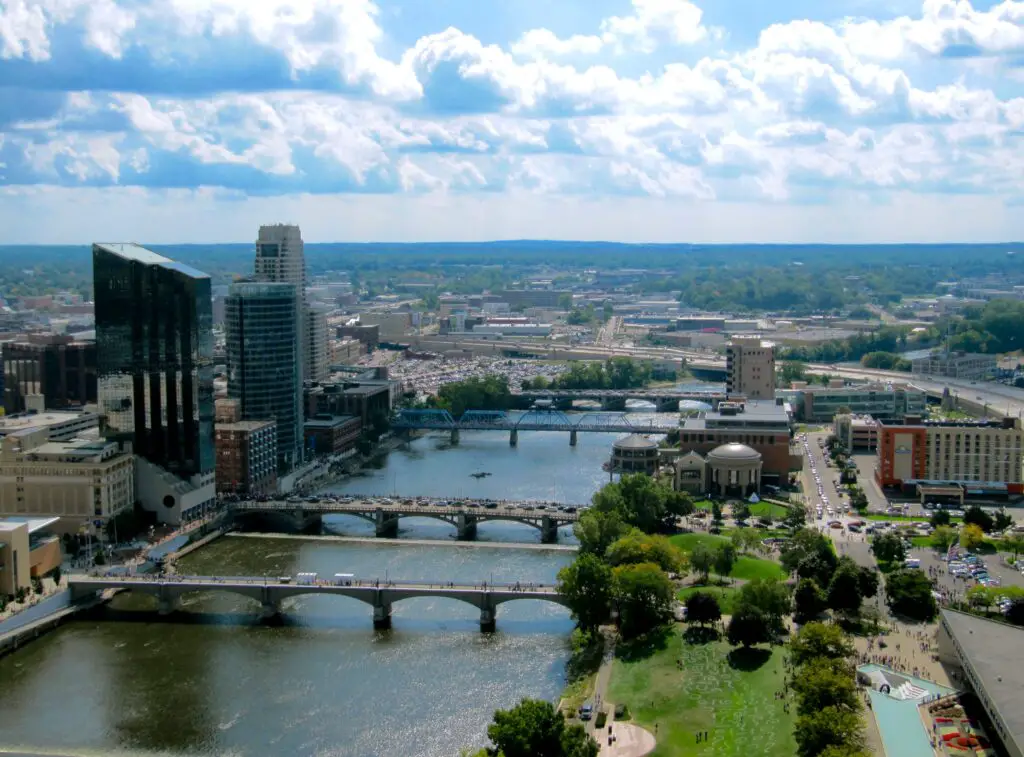
Grand Rapids has transitioned from industrial roots to a hub for healthcare, design, and craft manufacturing. This economic evolution supports a diverse housing base. The city invests in public space and revitalized neighborhoods, increasing buyer interest. Its affordability also draws people from higher-cost regions.
Long-time homeowners and new buyers alike compete for limited listings. Renovation projects keep older homes in demand. With steady population growth, the market holds firm even in slow years. Grand Rapids is now one of the Midwest’s most resilient real estate bets.
13. Charleston, South Carolina
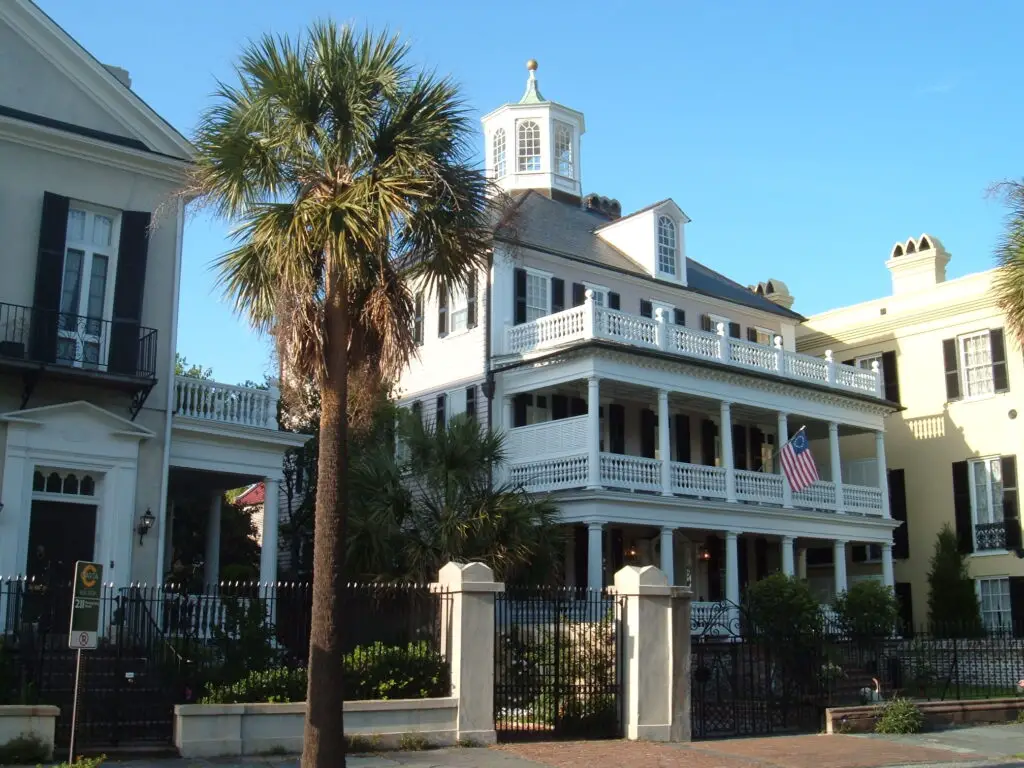
Charleston’s historic charm, beaches, and military presence support a remarkably stable market. The area attracts both young professionals and retirees looking for lifestyle and value. With strict zoning laws and limited space, housing inventory remains constrained. Buyers face high competition even when interest rates rise.
The tourism industry brings consistent economic support. Cultural appeal and weather keep demand strong year-round. Charleston offers a blend of Southern tradition and modern opportunity. That mix has proven powerful in keeping the housing market healthy.
14. Spokane, Washington
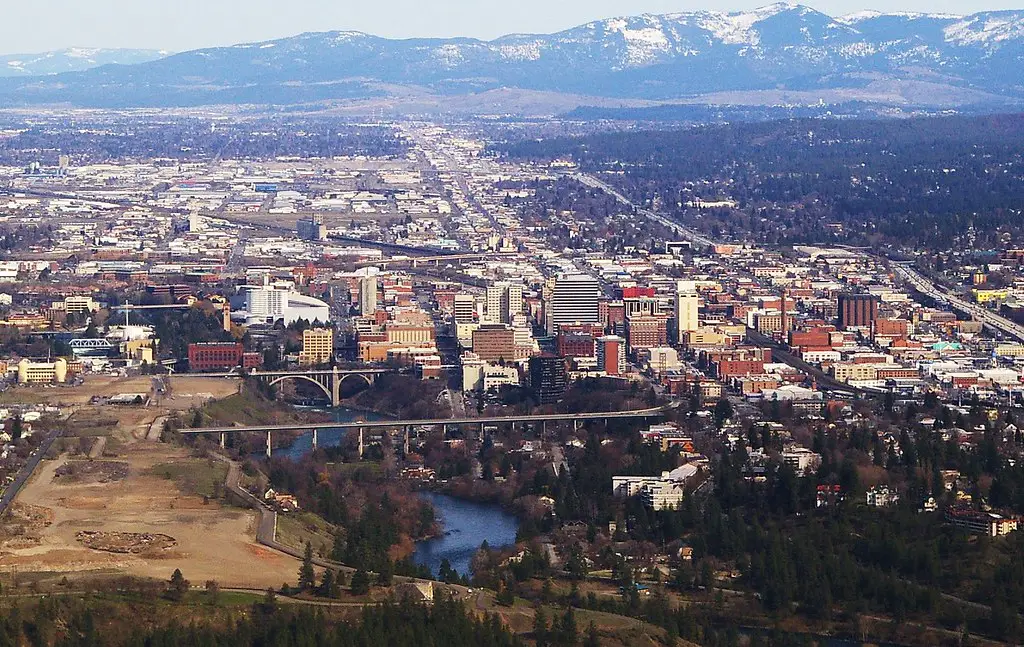
Spokane is becoming a go-to for West Coasters seeking affordability without sacrificing scenery. The housing market here grows slowly but surely, avoiding wild swings. Its economy includes healthcare, education, and manufacturing—three industries that tend to hold steady. Buyers moving from Seattle and Portland fuel price consistency.
The community is tight-knit, and homes tend to stay in families. Urban renewal projects have made downtown more attractive. Spokane’s balanced growth model reduces bubble risk. It’s a solid bet in a volatile region.
15. Gainesville, Florida
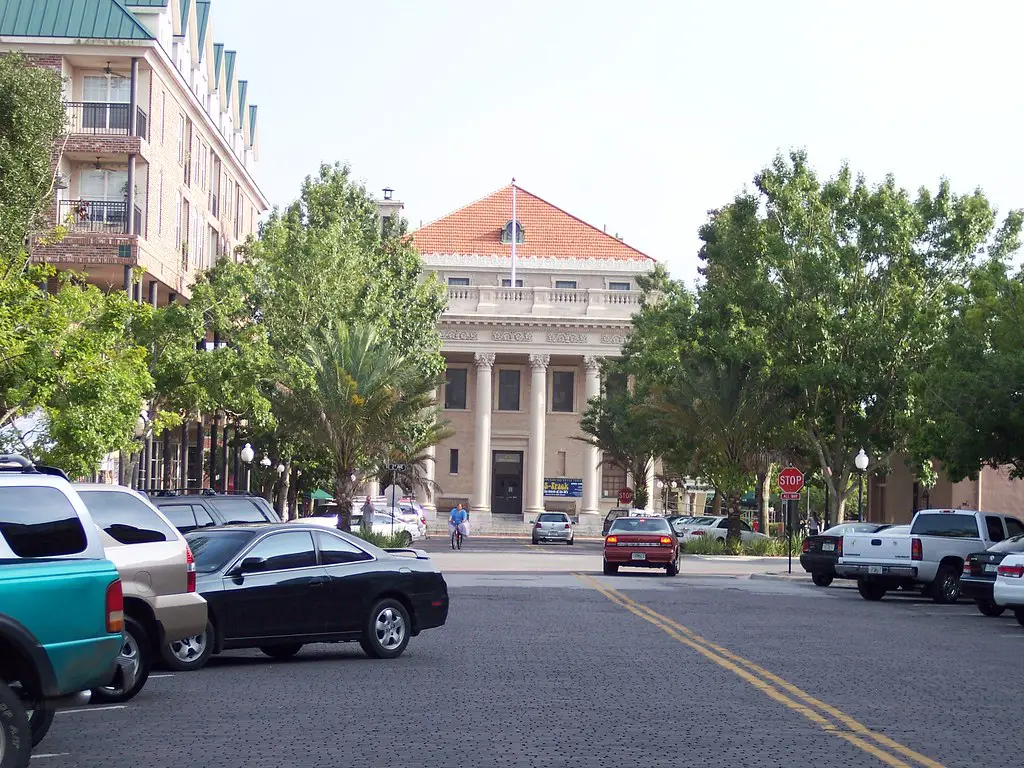
Home to the University of Florida, Gainesville has a built-in population of students, staff, and faculty. This steady influx supports both rentals and home purchases. The medical sector is another economic anchor, providing long-term job stability. Even during national downturns, demand stays strong for both single-family homes and condos.
The city offers a mix of historic homes and new developments. Locals enjoy natural springs, state parks, and a laid-back culture. These lifestyle perks keep people moving in. Gainesville’s slow and steady growth shields it from sharp market drops.
